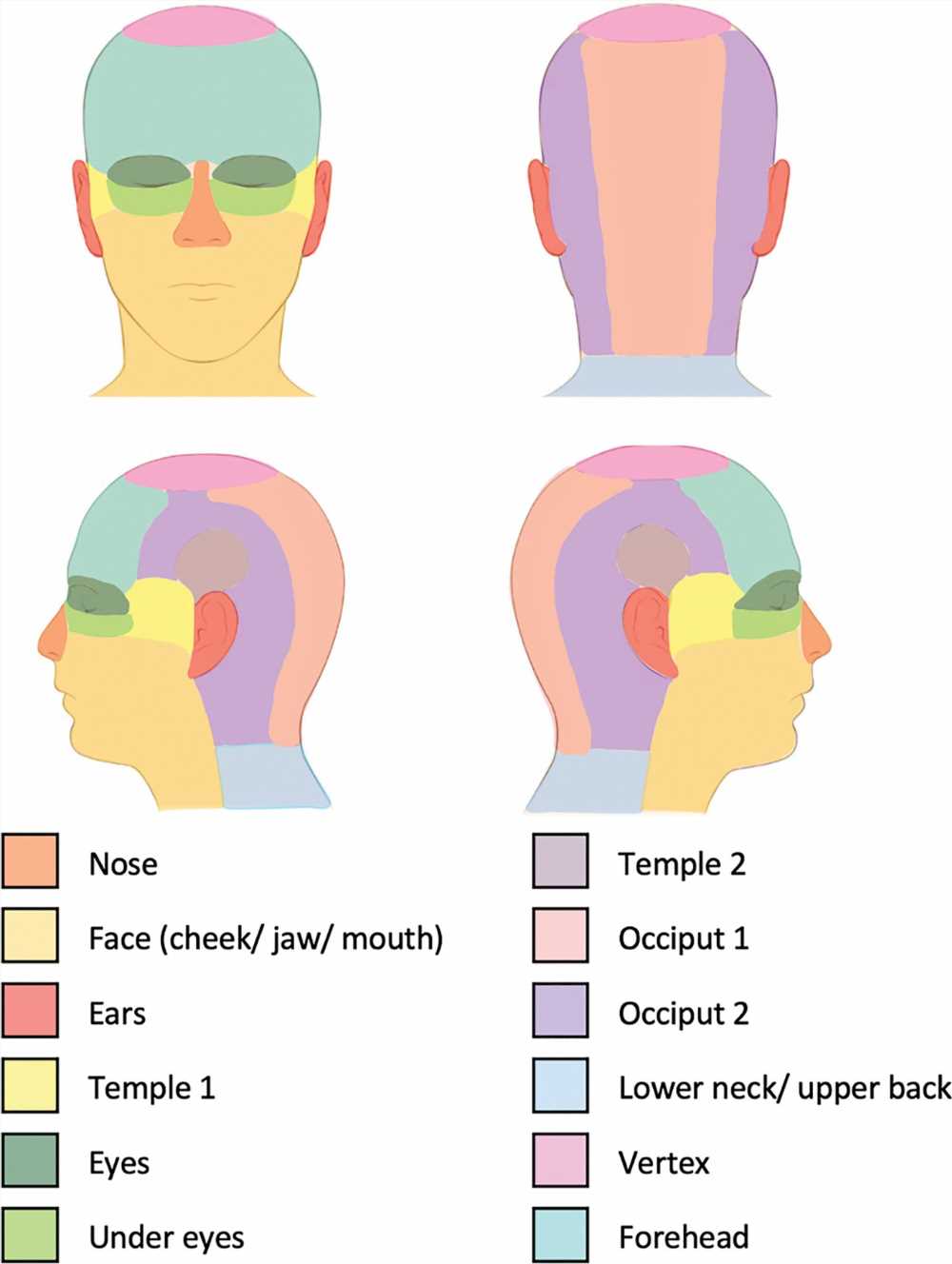
An automated pattern recognition tool—developed using artificial intelligence (AI) technology—can detect whether surgery will be effective in reducing pain due to nerve compression headaches, reports a study in the February issue of Plastic and Reconstructive Surgery.
“Patient drawings of headache pain are useful in identifying patients who are more or less likely to have a good response to headache surgery,” comment American Society of Plastic Surgeons (ASPS) Member Surgeons Lisa Gfrerer, MD, Ph.D., of Weill Cornell Medicine and William G. Austen, Jr., MD, of Massachusetts General Hospital. “The machine learning framework evaluated in our study can automatically interpret pain drawings, and appears most accurate in predicting patients who will not achieve a good reduction in headache activity after nerve decompression surgery.”
AI-trained algorithm trained to interpret patients’ headache drawings
Headache surgery is an established treatment for selected patients with nerve compression headaches that do not respond to medical treatment. Developed by plastic surgeons who noticed that some patients had fewer headaches after cosmetic forehead-lift, headache surgery targets specific trigger sites linked to certain headache patterns. About 4,500 patients underwent peripheral nerve decompression headache surgery in 2020, according to ASPS statistics.
However, it can be difficult to predict the results of headache surgery. In a previous study, Drs. Gfrerer and Austen had found that asking patients to make a drawing of their headache pain can provide valuable information on the likely response to surgery. In particular, patients who have more “typical” pain patterns for a particular trigger site appear more likely to have good pain reduction after headache surgery.
However, some clinical experience is needed to interpret headache pain drawings—and especially to recognize atypical patterns that are less likely to respond to trigger site surgery. To simplify the process for less-experienced surgeons, Drs. Gfrerer and Austen and their team leveraged AI technology “to develop and validate a machine learning framework capable of interpreting pain drawings to aid in prediction of headache surgery outcomes.”
The study used 131 pain drawings provided by patients before undergoing surgery for nerve compression headaches. The pain distributions shown on the drawings were described using 24 different features, based on known nerve distributions. These features were used to train a machine learning algorithm for automatic processing and interpretation of pain patterns. The AI-aided predictions of improvement after headache surgery were compared with patients’ postoperative ratings on a standard scale, the Migraine Headache Index (MIH).
Artificial intelligence predictions ‘outperform human evaluators’
“[T]he AI algorithm outperformed human evaluators at predicting the response to surgery,” Drs. Gfrerer and Austen and co-authors write. The machine learning algorithm performed best in predicting which patients would have poor responses to surgery, defined as less than 20% improvement in MHI score: accuracy 94%, compared to 79% for experienced clinical researchers.
The algorithm identified three factors as “strong predictors of poor surgical outcome”: diffuse pain, facial pain, and pain at the vertex (crown) of the head. As expected, the AI algorithm was unable to predict poor outcomes in patients whose drawings showed typical pain patterns most often associated with good pain reduction.
While the algorithm also accurately identified patients who had good and intermediate responses to surgery—with MHI reductions of at least 80% and 50%, respectively—it performed best in predicting poor outcomes. That suggests that AI may be “more objective at interpreting atypical pain drawings than surgeons,” according to the authors.
The researchers emphasize the need for further studies using larger datasets and including other important clinical screening variables in order to improve outcome predictions in headache surgery and to apply the AI algorithm to clinical practice. Drs. Gfrerer and Austen and co-authors conclude, “This platform will allow clinicians with less clinical experience, neurologists, primary care practitioners, and even patients to better understand candidacy for headache surgery and seek evaluation by certified headache surgeons.”
More information:
Christian Chartier et al, Artificial Intelligence–Enabled Evaluation of Pain Sketches to Predict Outcomes in Headache Surgery, Plastic and Reconstructive Surgery (2023). DOI: 10.1097/PRS.0000000000009855
Journal information:
Plastic and Reconstructive Surgery
Source: Read Full Article
